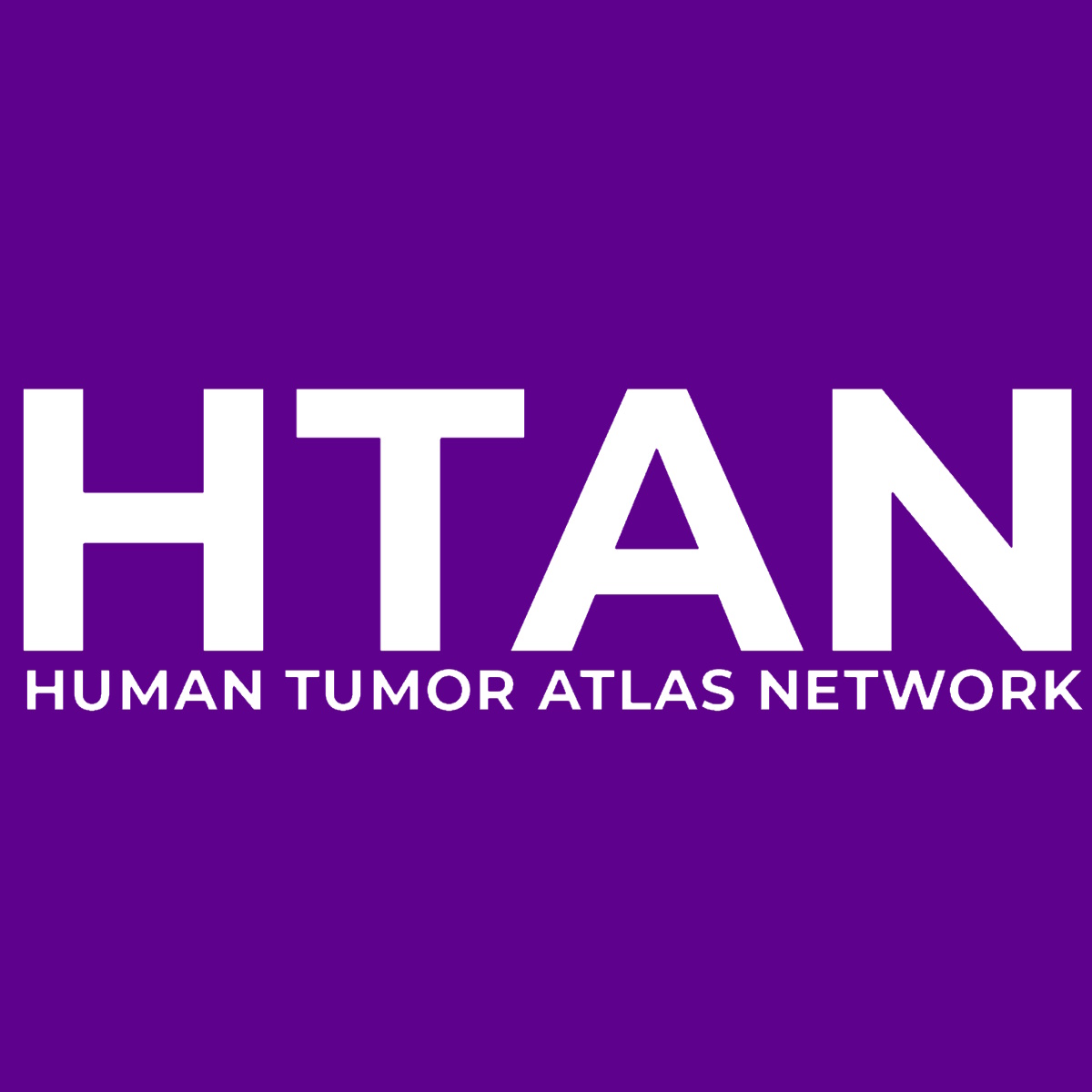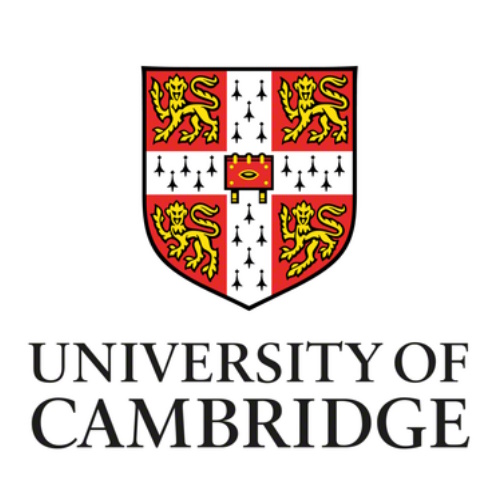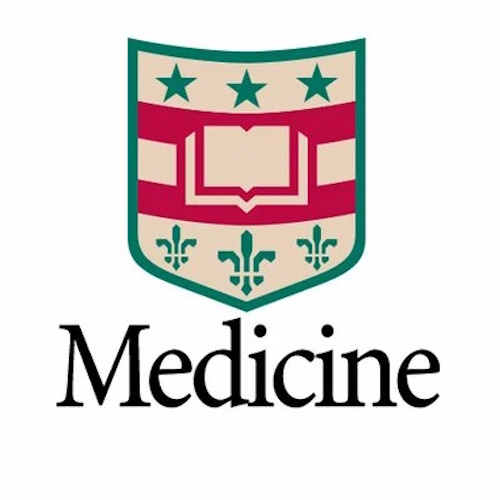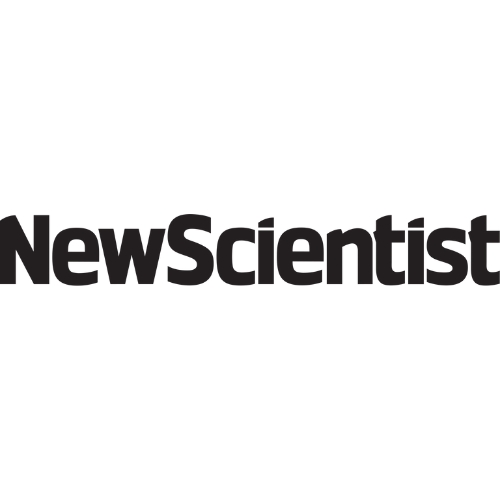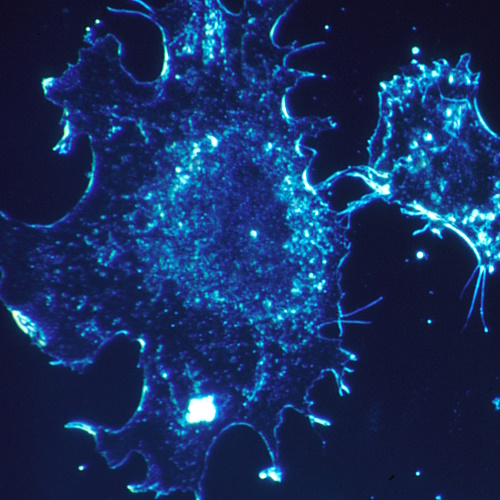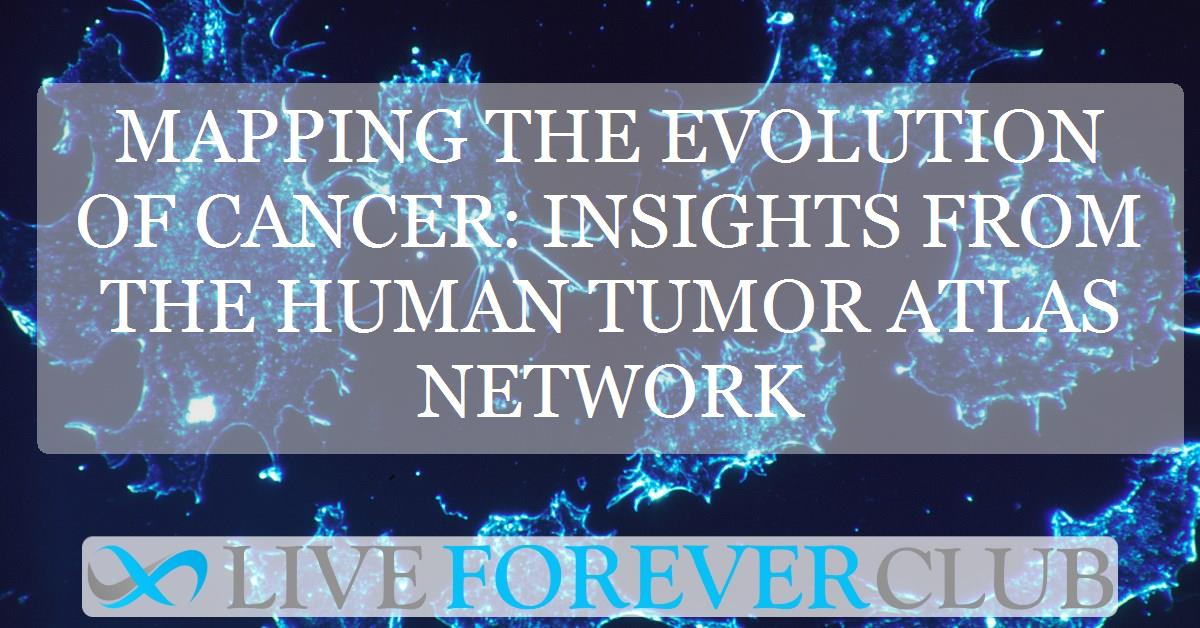Key points from article :
Researchers with the Human Tumor Atlas Network have created some of the most detailed maps of cancer to date, providing critical insights into how tumours grow, evolve, and sometimes resist treatment. Traditionally, cancer analysis involved blending tumor samples, masking the diverse cell types within. But tumours are complex ecosystems, containing not only cancer cells but also immune, endothelial, and other supportive cells. Thanks to advanced techniques, scientists can now map individual cell types and functions, which offers a more precise picture of cancer's inner workings.
One team led by Li Ding at Washington University used single-cell sequencing and powerful microscopy on samples from various cancers to understand how genes are turned on or off within different cells. Their 3D tumour models revealed clusters, or "microregions," where cancer cells group according to specific genetic features. The genetic changes within these regions play a major role in a tumour's resistance to treatments. Another study by Doug Winton at the University of Cambridge challenged the prevailing belief that tumours arise from a single cell. His team found that 40% of colon tumours in mice actually originated from multiple cells working together, which may help the tumours grow faster.
Additional studies have identified biomarkers that may help track a tumour's evolution. Ken Lau’s team at Vanderbilt University constructed a molecular timeline of tumour growth, revealing that many early-stage colon cancers in mice and humans also have a multicellular origin, helping researchers assess which precancerous lesions are more likely to turn cancerous.
The project’s unexpected findings could reshape cancer treatment approaches. For instance, analyses of metastatic breast cancer samples showed genetic similarities in samples from the same patients over time, suggesting tumours may be more genetically stable than previously thought. Researchers also developed algorithms to quantify the interaction of cancerous and non-cancerous cells, bringing us closer to treatments tailored precisely to each tumour's genetic makeup, enhancing the potential for targeted and effective therapies.
